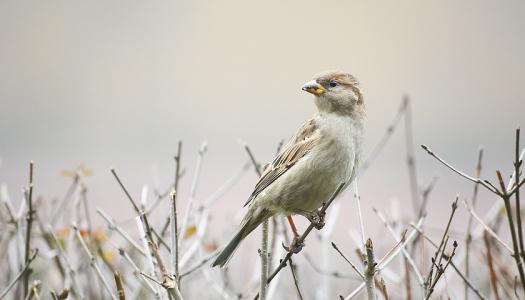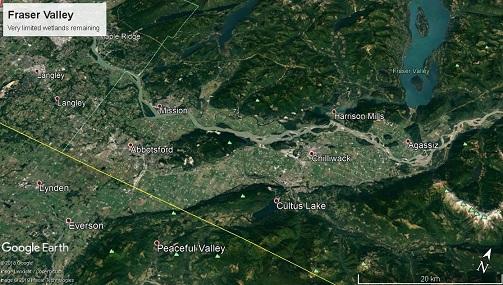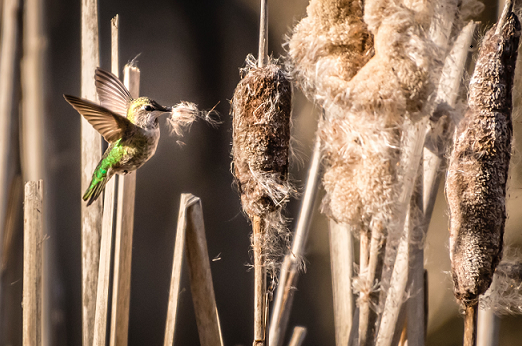Bug splats, wetlands and the ALR Act

More than a quarter of the birds in Canada and the US have been lost in the last 50 years. Many common birds, like swallows and sparrows, are experiencing steep declines. Yet waterfowl populations are rebounding through wetland conservation efforts and raptor numbers have recovered following the banning of DDT.
In countries like Ecuador and New Zealand, the environment has been accorded the same legal rights as the individual. However, that isn’t the case everywhere and not everyone believes nature should have rights. So why should we all care about this decline?
Ecosystem services are benefits provided by the natural environment. In addition to direct products, like guano, birds perform many ecosystem roles such as pollination, seed dispersal, scavenging and predation of pests. These activities can affect the economic bottom line enormously. For example, by removing crop pests, the need for expensive pesticides is reduced. They can also be ecosystem engineers, e.g. woodpecker holes provide homes for cavity nesters like squirrels and small owls, or long-distance seed and nutrient dispersers when passing faeces.
The declines identified by recent research seem dramatic, but can we really see them in our everyday lives? Maybe there is less of a dawn chorus or a few less birds at our feeder, but they are still there – right?
Well… maybe not. In late May, I was working in the Fraser Valley and driving daily from Vancouver to Hope. At the end of a week, I realized that my windshield was still clean. Where were the bug splats? Most of the valley is near or below sea level. This once rich wetland is now highly modified by humans. Agriculture and development have restricted water flow and true wetland is scarce.
Research has identified wetland conservation as particularly important in the recovery of many waterfowl. However, wetlands are also vital for other species. Many of those flying insects that were missing from my car windshield have aquatic larval stages. As adults, they join terrestrial food webs. These insects are rich in fats, proteins and minerals. Although they may not be part of an adult bird’s diet, they are often fed to juveniles. Their loss could impact the ability of many birds to raise young in the area

My own work on hummingbirds leads me to think that there might be a big difference in resource availability between agricultural areas and protected wetlands. Hummingbirds are important warm-blooded pollinators that, like many other birds, feed small insect prey to their young. Within the Fraser Valley, I have found that breeding females are very numerous in areas associated with wetland, but few and far between in areas dominated by agriculture.
The Wetland Stewardship Partnership prepared ‘A Wetland Action Plan for B.C.’ in 2010. This plan for retaining wetlands in BC recognizes that the Agricultural Land Commission (ALC) Act functions counter to wetland retention as “there is no consideration of environmental impacts such as loss of wetlands”. For retention and restoration of wetland, farming must be compatible with wildlife needs. The ALC Act needs immediate modification: particularly in the identification and protection of year-round and seasonally-flooded wetlands. Permissions should be required for any modifications that alter the water regime. If such changes don’t happen quickly, there will be few wetlands left in Southern BC. The Fraser River delta has already lost 70% of its original wetlands, the Victoria region 70%, and the South Okanagan 85%.
Change requires advocacy and I encourage you to write our legislators e.g. the Minister of Agriculture, Lana Popham (lana.popham.MLA@leg.bc.ca). With positive action, we can see bird songs increase again.
